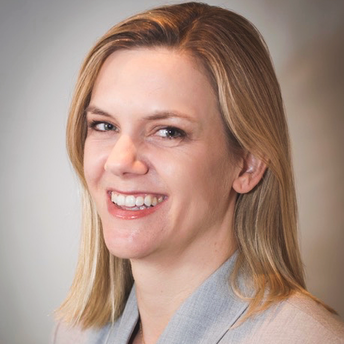A: Extremely unlikely.
(but that doesn’t mean it didn’t increase transmission…)
The Nerdy Girls want to give you straight talk about the data whether or not it comports with our pre-existing views (like the general idea that mass gatherings are *not* a good idea during the pandemic). Trust in science relies on having high standards for evidence even if–or *especially* if—the results confirm your pre-existing beliefs.
Let’s recall the first of Lindsey’s Laws:
1) Demand extraordinary evidence for extraordinary claims.
In a new working paper, economists estimated that the Sturgis rally held August 6-August 17 with an estimated 466,000 attendees led to a shocking 266,796 new cases in the U.S. over a four-week period, accounting for a staggering 19% of newly confirmed cases in the U.S. in that time. This huge figure immediately hit the “confirmation bias” button in many people’s brains.
If this sounds like a huge number, it is. Like WAY too huge. This number does not pass the “sniff” test.
Nerdy Girl Jenn got the opportunity to write a full breakdown of the paper for Slate.com (linked below), which you can read for the full nerdy details of the weaknesses of this research design.
Key takeaways:
• The 266,796 figure came from a model that used cell phone “ping” data to identify the *home* counties of Sturgis attendees. Without tracking individuals themselves, the model compared whether the trend in COVID cases in counties that sent many people to Sturgis was different from counties who sent none (trying to mimic a randomized experiment).
• As you might imagine, counties who send lots of bike fans to Sturgis are different from counties that don’t in lots of ways. The model tries to account for these differences, but this requires the strong assumption that the difference in trends across counties would have been the same in the absence of Sturgis (the “parallel trends” assumption). These types of models are thus always a challenge, even with more stable outcomes.
• An additional challenge comes from the fact that modeling infection dynamics is *hard*–like trying to explain the direction and intensity of current wildfires in the West. While some underlying factors do predict spread, there is a high degree of randomness, and small disturbances (like winds) can cause huge variation across time and space. This type of outcome is poorly modeled by the approach in the paper.
• Having estimated this HUGE number, the authors do not stop to consider whether transmission on this scale was remotely feasible over the time scale of 4 weeks.
• It requires some real mental gymnastics to imagine a scenario where over 200,000 of the event attendees and local residents became infected at the rally itself. Even with a bleak assumption that 1 percent of attendees arrived already infectious (spread over 10 days), yet well enough to ride a motorcycle to South Dakota, and all of them were “superspreaders,” passing their infection along to another 10 people, back-of-the-envelope math makes it hard to get in the ballpark of this number of infections that could have happened at the rally.
• So what about the attendees spreading the infection upon returning home? Recall the authors measured increased cases in *home* counties. It’s likely that from a bike rally, many attendees rode their bikes home to destinations all over the country, perhaps even on a meandering and leisurely route. Again looking at transmission math, it is a stretch to believe that so many infected riders could have gotten home in the short time frame required to infect others, incubate new infections, get tested (with testing delays), and have these infections show up in county statistics by Sept. 2, just two weeks after the conclusion of the rally.
• There are several more red flags touched on the linked article, including the fact the authors estimate an increase of 177 cases in the host county due to the rally, Meade County, when only 79 cases *total* have been reported in that county up to September 2nd.
Does this mean the rally was harmless? Definitely not. We know from simple facts of SARS-CoV-2 transmission that large gatherings and close contact increase risk. Contact tracing reports have identified cases and deaths linked to the event and will likely continue to do so.
BOTTOM LINE: While headline grabbing, this study violates the first of Lindsey’s laws, failing to provide even *good* much less *extraordinary* evidence for its extraordinary claim.
When you see a headline like this, we encourage waiting a beat before you share something that sounds too good to be true. The Nerdy Girls and slews of other scientists are on the case vetting new studies as they come out to bring you the most balanced and evidenced based view.
STAY SAFE and STAY SANE!
Love,
The Nerdy Girls
__________________
Link to Nerdy Girl Jenn’s Slate piece


